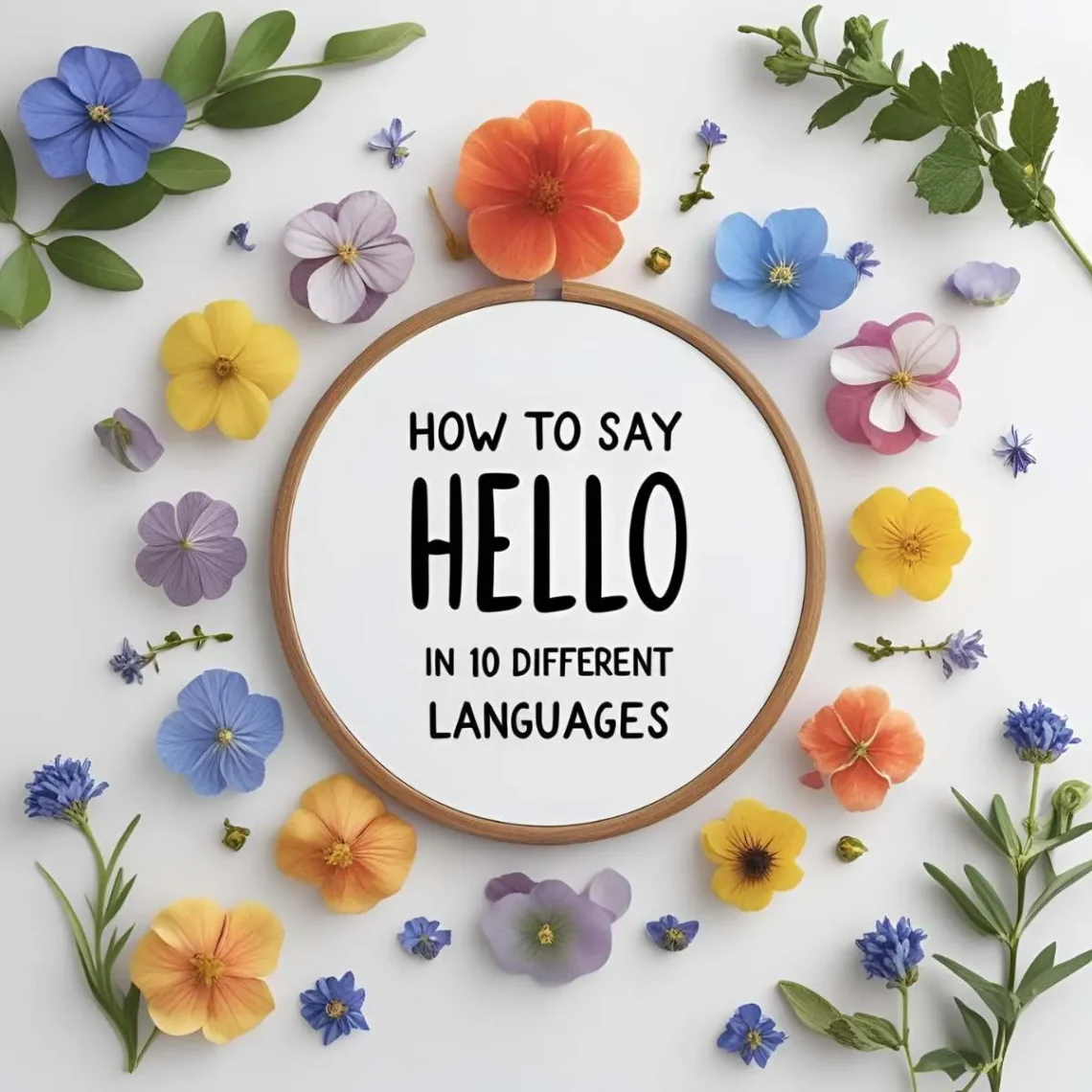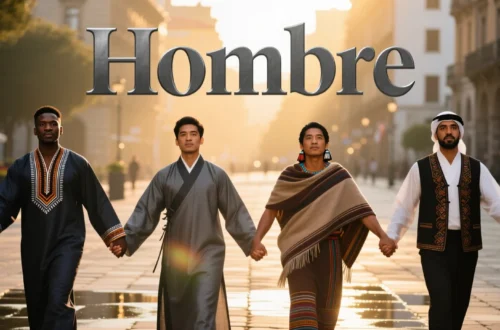Imagine walking into a vibrant café in Paris, a bustling market in Marrakech, or a serene temple in Kyoto, and offering a simple “hello” in the local language. That small word can spark smiles, open doors, and create instant connections. Across the world, “hello” is more than a greeting—it’s a universal gesture of friendliness, shaped by each culture’s unique flavor.
Whether it’s a warm nod in Nigeria or a respectful bow in Japan, saying “hello” bridges hearts and borders. Let’s dive into how this welcoming word is expressed in 10 different languages and explore the cultural nuances behind each greeting.
Reference Table: “Hello” in 10 Different Languages
| Language | Word/Phrase | Cultural/Linguistic Insight |
|---|---|---|
| French | Bonjour | Means “good day,” used formally and casually in France. |
| Spanish | Hola | A versatile greeting used across Spain and Latin America. |
| Mandarin | Nǐ hǎo (你好) | Literally “you good,” a polite greeting in China. |
| Hindi | Namaste | A respectful greeting with spiritual roots, often with a slight bow. |
| Arabic | Marhaban (مرحبا) | Means “welcome,” used widely in the Middle East. |
| Swahili | Jambo | A friendly, informal greeting common in East Africa. |
| Japanese | Konnichiwa (こんにちは) | Means “good afternoon,” used during the day in Japan. |
| German | Hallo | A straightforward, universal greeting in Germany. |
| Italian | Ciao | A casual greeting for both “hello” and “goodbye” in Italy. |
| Russian | Privet (Привет) | An informal greeting, popular among friends in Russia. |
European Languages: Warm and Welcoming Greetings
European languages offer a variety of ways to say “hello,” each with its own charm. For instance, in French, “bonjour” (good day) is used in both formal and casual settings, often paired with a smile in a Parisian café. Meanwhile, Spanish speakers say “hola,” a versatile word that fits any context, from lively markets in Mexico to quiet streets in Madrid. Additionally, Italian uses “ciao,” a casual greeting that doubles as “goodbye,” reflecting Italy’s laid-back warmth. In German, “hallo” is straightforward, much like the culture’s direct approach, used in bustling Berlin or quaint Bavarian towns. Similarly, Russian’s “privet” is an informal, friendly greeting, often shared among friends over coffee in Moscow. These greetings, while simple, carry Europe’s diverse blend of formality and friendliness.
Asian Languages: Respect and Harmony in Greetings
In Asia, greetings often reflect cultural values of respect and harmony. For example, Mandarin’s “nǐ hǎo” (you good) is a polite, neutral greeting used across China, often with a nod or handshake in formal settings. In Hindi, “namaste” is more than a word—it’s a spiritual gesture, often accompanied by a slight bow with hands pressed together, symbolizing respect in India. Likewise, Japanese uses “konnichiwa” (good afternoon) during the day, paired with a bow to show politeness in places like Tokyo. These terms highlight Asia’s emphasis on respect, with greetings serving as a bridge to deeper connections across countries like China, India, and Japan.
African Languages: Community in Every Hello
African greetings often emphasize community and warmth. For instance, Swahili’s “jambo,” used in countries like Kenya, Tanzania, and Uganda, is a friendly, informal greeting that invites connection. You might hear it in a lively Nairobi market, paired with a wide smile. Spoken across over 20 African nations, “jambo” reflects the continent’s communal spirit, where greetings are a way to acknowledge shared humanity. This simple word carries the joy of togetherness, making it a perfect entry into conversations.
Cultural Insights: The Evolution of “Hello”
The word “hello” and its equivalents have evolved with cultural and technological shifts. For example, in English, “hello” gained popularity with the invention of the telephone, as a neutral way to start conversations. In contrast, Hindi’s “namaste” traces back to ancient Sanskrit, rooted in spiritual traditions honoring the divine in others. Similarly, Arabic’s “marhaban,” used in over 20 countries, derives from words meaning “to be spacious,” symbolizing a welcoming spirit. In Japanese, “konnichiwa” reflects the culture’s focus on time-specific politeness, a tradition from feudal times. These greetings carry centuries of history, from ancient rituals to modern exchanges, showing how “hello” adapts to each culture’s values.
Proverbs and Sayings: The Power of a Greeting
- French: “Un bonjour vaut mieux qu’un long discours.” (A hello is worth more than a long speech.) – Highlights the power of a simple greeting.
- Hindi: “Namaste se dil milta hai.” (Namaste brings hearts together.) – Emphasizes the spiritual connection of greetings.
- Swahili: “Jambo moja linatosha kuanza safari.” (One hello is enough to start a journey.) – Reflects the importance of initiating connection.
- Japanese: “Hajime ni aisatsu, kokoro no kagi.” (A greeting is the key to the heart.) – Shows greetings as a path to trust.
- Arabic: “Marhaban yفتح الأبواب.” (A welcome opens doors.) – Captures the hospitality of a greeting.
FAQs
Why do some greetings sound similar across languages?
Some languages share linguistic roots, like Indo-European languages (Spanish, German), or borrow terms through trade and cultural exchange, like Arabic’s influence on Swahili.
What’s the oldest known greeting?
Sanskrit’s “namaste,” used in ancient India (circa 1500 BCE), is among the oldest, rooted in spiritual traditions.
How do cultures shape greetings?
In communal cultures like those in Africa, greetings emphasize connection, while in formal cultures like Japan, they reflect respect and hierarchy.
Conclusion
From “bonjour” in France to “jambo” in Kenya, saying “hello” is a universal act of connection, flavored by each culture’s unique traditions. These simple words—whether the respectful “namaste” or the friendly “ciao”—carry the power to spark friendships and bridge differences. As a result, they remind us that a single greeting can open the world. How do you say “hello” in your language, and what does it mean to you? Share your experiences in the comments—we’d love to hear your story!






